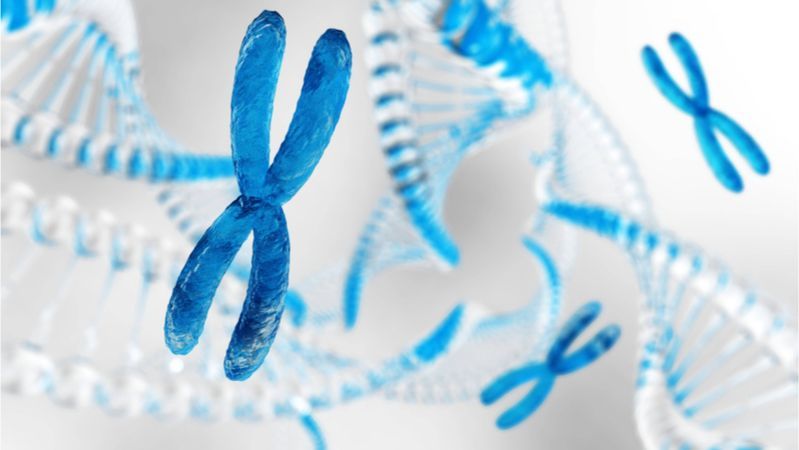The number of Americans who believe in aliens is now about the same as the number who believe in God.
Our relationship with aliens is mirroring the start of a new religion.

28 November 2017
Rejuvenation is a medical discipline focused on the practical reversal of the aging process.
Rejuvenation is distinct from life extension. Life extension strategies often study the causes of aging and try to oppose those causes in order to slow aging. Rejuvenation is the reversal of aging and thus requires a different strategy, namely repair of the damage that is associated with aging or replacement of damaged tissue with new tissue. Rejuvenation can be a means of life extension, but most life extension strategies do not involve rejuvenation.
Please like and subscribe for more from my nmn channel
Aubrey de Grey, Longevity, Diet and Aging. Aubrey de Grey PhD is an English author and biomedical gerontologist and mathematician who has made a significant contribution to the Hadwiger–Nelson problem. He is currently the Chief Science Officer of the SENS Research Foundation and VP of New Technology Discovery at AgeX Therapeutics, Inc.
He is editor-in-chief of the academic journal Rejuvenation Research, author of The Mitochondrial Free Radical Theory of Aging (1999) and co-author of Ending Aging (2007). He is known for his view that medical technology may enable human beings alive today not to die from age related causes.
In 2013 a study; 2-year old mice were tested for muscle wastage, insulin resistance and inflammation; in humans all are used as indicators of the aging process, they were then given NMN for 1 week. In all cases, after only 1 week the 2-year old mice were reflecting the expected findings of 6-month-old mice in the areas of muscle wastage, insulin resistance and inflammation.
In a later study (2018) Dr. David Sinclair’s team at the Harvard Medical School found that the aging of blood vessels had been reversed. The study showed that mice that were given NMN had restored blood vessel growth and had increased muscle endurance by up to 80%.


A group of Spanish researchers, including Dr. Maria Blasco and others at the CNIO, have published a new study that examines the consequences of short telomeres and telomerase deficiency on the brain [1].
This study addresses an aspect of telomere attrition, one of the primary hallmarks of aging. Telomeres are repeating sequences of DNA (TTAGGG) that can can reach a length of 15,000 base pairs and appear at the ends of chromosomes, acting as protective caps. They prevent damage, stop chromosomes from fusing with each other, and prevent chromosomes from losing base pair sequences at their end during cell replication.
The past year or so has seen an energetic debate over whether or not new neurons are generated in the adult human brain, a process known as neurogenesis. This process is well known and well studied in mice, and thought to be very important in the resilience and maintenance of brain tissue. The human data has always been limited, however, due to the challenges inherent in working with brain tissue in living people, and it was assumed was that the mouse data was representative of the state of neurogenesis in other mammals. In this environment, the publication of a careful study that seemed to rule out the existence of neurogenesis in adult humans produced some upheaval, and spurred many other teams to assess the human brain with greater rigor than was previously the case.
So far, all of the following studies published so far do in fact show evidence of adult neurogenesis in humans. This is the better of the two outcomes, as the regenerative medicine community has based a great deal of work on the prospect of being able to upregulate neurogenesis in order to better repair injuries to the central nervous system, or partially reverse the decline of cognitive function in the aging brain. The study here is particularly reassuring, as it shows that even in very late life there are signs that new neurons are being generated in the brain.
A new therapy that appears to stop Parkinson’s disease “in its tracks” will begin phase-one clinical trials in humans next year.
The therapy, developed by researchers at the University of Queensland – and partly under-written by the Michael J Fox Foundation – is a world first because it stops the death of brain cells in Parkinson’s sufferers rather than managing symptoms.
If human trials echo the stunning results in animal testing, the inflammation of the brain that causes so much of the progressive damage in Parkinson’s disease (PD) could be halted by taking a single pill each day.

Luminous Computing, a one-year-old startup, is aiming to build a photonics chip that will handle workloads needed for AI at the speed of light. It’s a moonshot and yet, the young company already has a number of high-profile investors willing to bet on the prospect.
The company has raised $9 million in a seed round led by Bill Gates, NEO’s Ali Partovi and Luke Nosek and Steve Oskoui of Gigafund.
The round also attracted other new investors, including Travis Kalanick’s fund 10100, BoxGroup, Uber CEO Dara Khosrowshahi, and Emil Michael as well as pre-seed investors Class 5 Global, Joshua Browder, Ozmen Ventures, Schox Investments and Third Kind Venture Capital.
WOW!
This is the story of SpaceIL — the most amazing private Israeli space project — and the three founders behind it: Yariv Bash, Kfir Damari, and Yonatan Winetraub.
The landing might have not worked, but the spacecraft is ON THE MOON!
I fell in love with the project and I feel moved and inspired by it. This video is one of my favorites. Thank you Project Nightfall for making it so so beautiful.